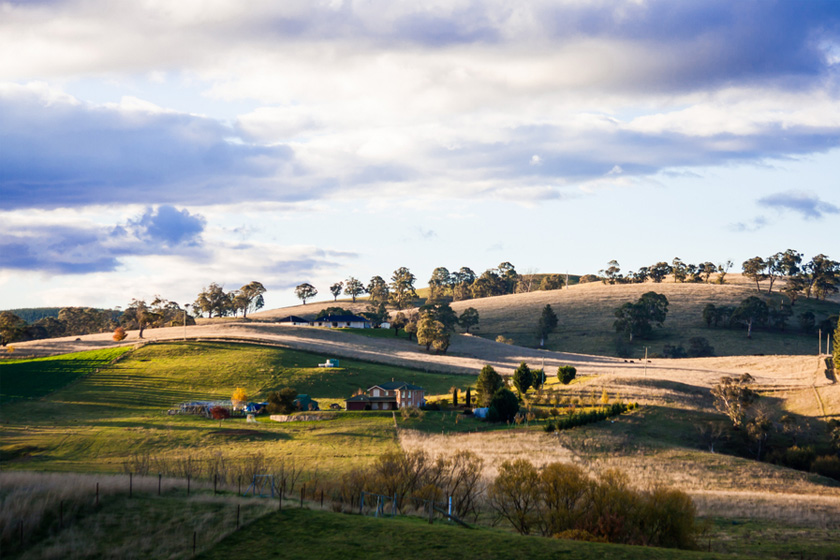Oberon, NSW
As part of the World Heritage Listed Greater Blue Mountains Region, and with a unique combination of national parks, state forests and rolling hills, Oberon is a popular area for trout fishing, sapphire fossicking, mushroom picking, horse riding, four wheel driving and bushwalking. Lake Oberon and the rivers and creeks in the area are a must for the keen angler, while places like Evans Crown Nature Reserve and Kanangra Walls offer both relaxing and challenging walks for all to enjoy.
In the early 19th century, along with the explorers, stock keepers and free settlers, Daruk and Wiradjuri Aboriginal tribes visited Oberon. From 1818 on, an increasing number of settlers, many from Ireland, began grazing stock or growing vegetables and fruits. The area is still well known for its gardens, featured during the Oberon Daffodil Festival in late September.
The village of Oberon, proclaimed in 1863, takes the name from the King of the Fairies in Shakespeare’s Midsummer Nights Dream.
About 20 minutes drive (30kms) is the town of Shooters Hill.
Oberon is perhaps best known for the Jenolan Caves, the most spectacular limestone caves in Australia. Local folklore has it that a bushranger named James McKeown roamed the Oberon-Tarana district in the 1830s, stealing from farmers and travellers, and then withdrawing to his hideout in Jenolan. Tired of losing their property, local settlers led by the Whalan brothers Charles and James, organised themselves to track him down and they found him in a hut near the site of where Jenolan Caves House is today.
Nearest Airport: Bathurst
Where to stay?
About Oberon
- Locality: Urban locality
- Oberon Postcode: 2787
- State: New South Wales
- Region: Blue Mountains
- Latitude: -33.70386
- Longitude: 149.85548
- Elevation: 1104m
- Population: 3256
- Median Income: $30212
- Area (Sq/km): 187.407
- Timezone: Australia/Sydney
Accommodation In Oberon
Discover some of the accommodation in and around Oberon


